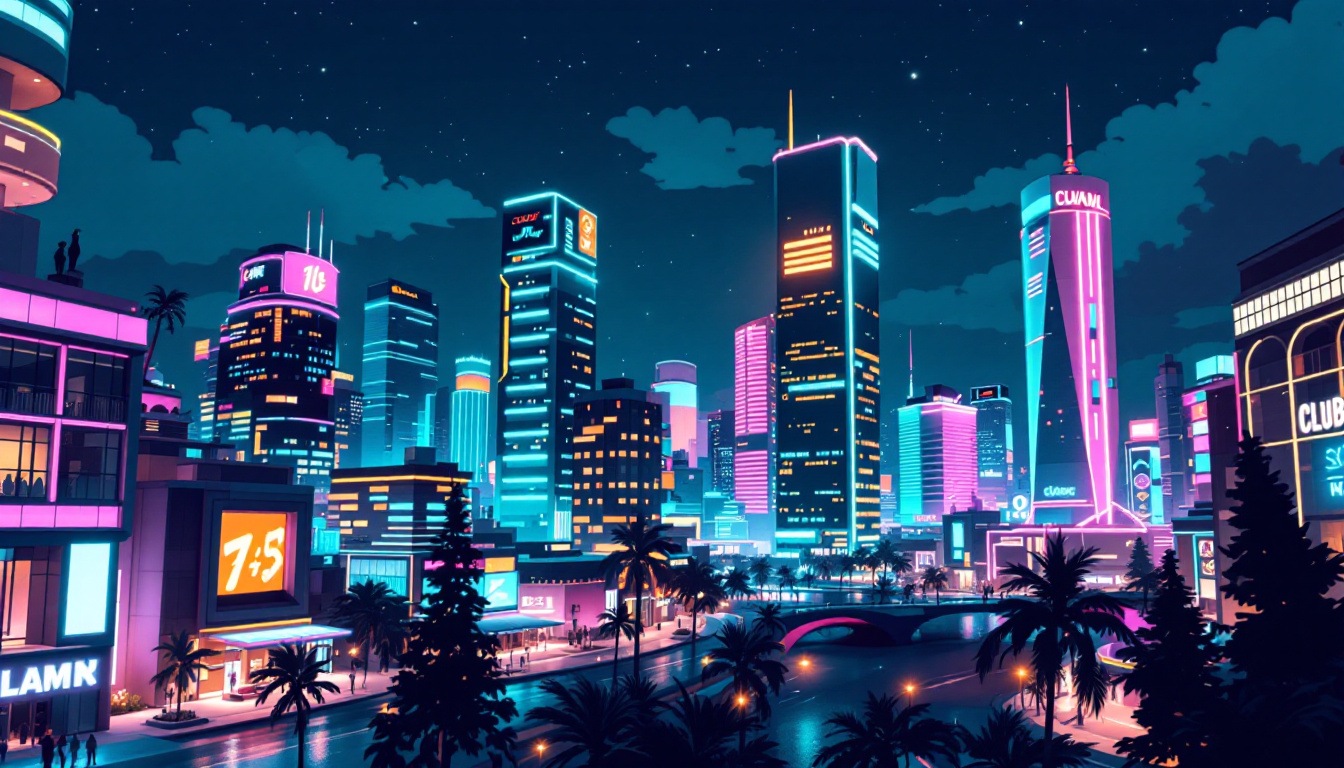Understanding the Trend
Party drugs have become an integral part of social gatherings, particularly among young adults. These substances are often used to enhance the experience of music, dancing, and social interactions in clubs, concerts, and parties. While the allure of heightened sensory experiences and euphoria is strong, the risks associated with these drugs cannot be overlooked. This article delves into the types, effects, and dangers of party drugs, providing a comprehensive understanding for those seeking information.
Defining Party Drugs and Their Categories
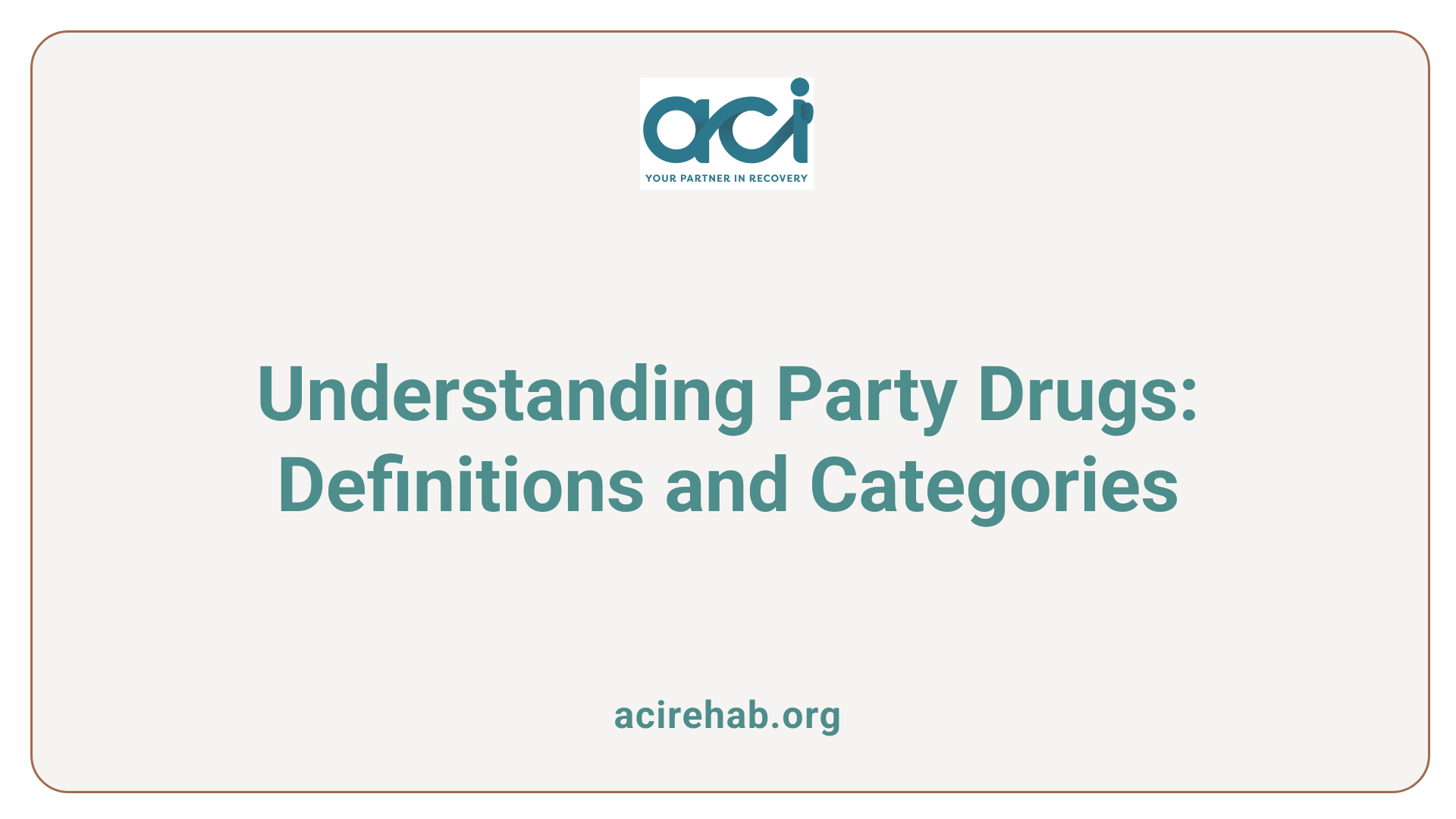
What are party drugs and their common synonyms?
Party drugs, commonly known as recreational or club drugs, are substances used primarily in social environments such as clubs, parties, and concerts. They are intended to enhance experiences related to music, dancing, and social interaction. Noteworthy examples include MDMA, often referred to as Ecstasy or Molly, and GHB, known colloquially as G or Liquid Ecstasy.
Other stimulants widely recognized within this category include methamphetamine (often called meth or ice) and cocaine (referred to as coke). Additionally, these substances can be referred to by numerous synonyms: MDMA is also known as X, E, Adam, and the love drug, while GHB may be casually termed easy lay or liquid X. The label "club drugs" also embraces a broader range of substances often referred to as rave or recreational drugs.
Classifications
Party drugs can be classified into three main categories:
- Depressants: These include substances like GHB and Rohypnol, which slow down the central nervous system, leading to effects such as relaxation or sedation.
- Stimulants: This group features drugs like MDMA and cocaine, which increase energy, alertness, and feelings of euphoria.
- Hallucinogens: Certain drugs like LSD and magic mushrooms fall into this category, altering perceptions and creating vivid sensory experiences.
Understanding these classifications is crucial, as each type of party drug carries specific risks, effects, and impacts on users.
Common Recreational Drugs and Effects
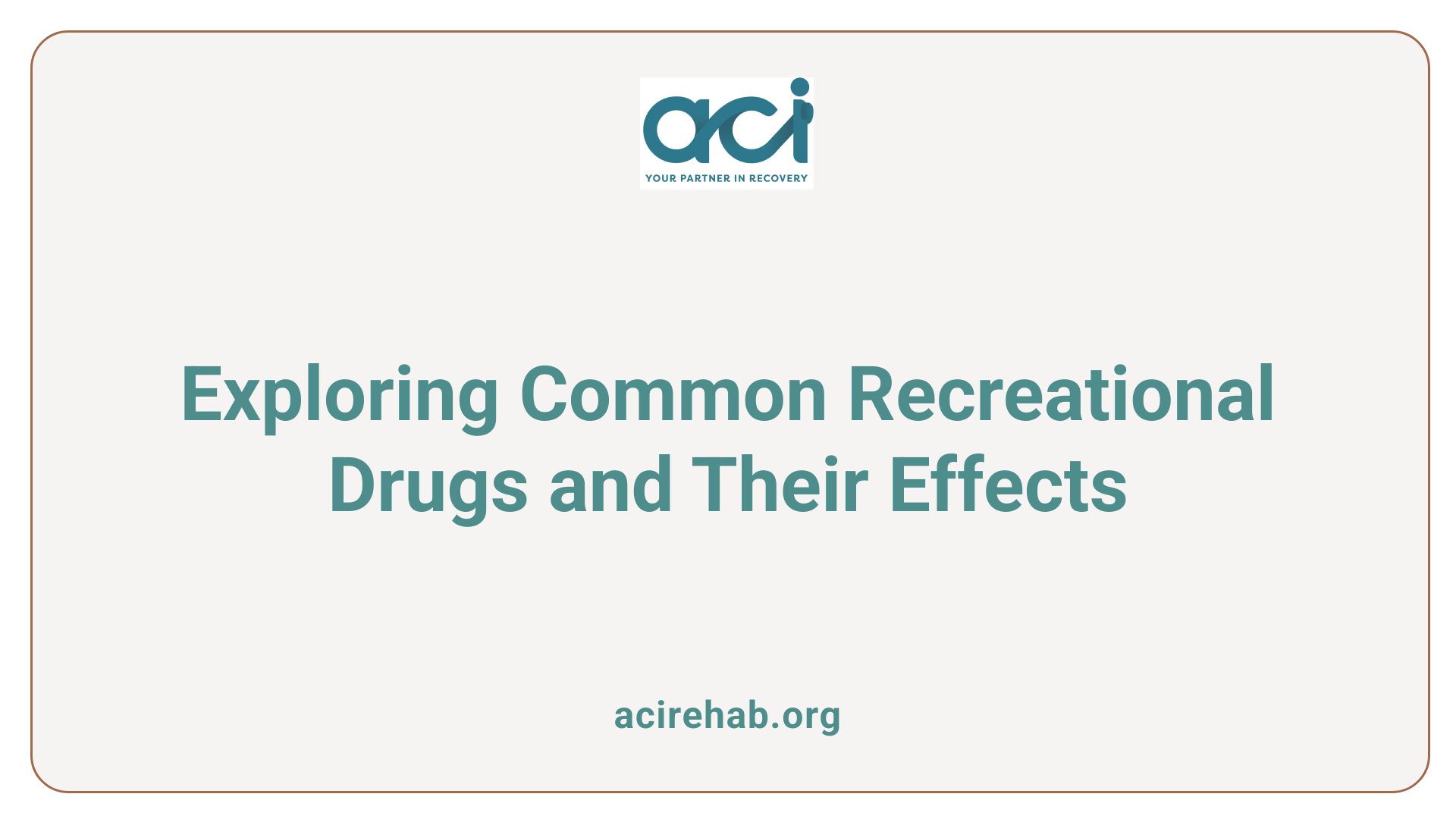
What are some common recreational drugs and their effects?
Common recreational drugs are widely used for their pleasurable effects at social events, and include:
- Cannabis: Often consumed through smoking or edibles, it promotes relaxation and can enhance mood. However, it may induce anxiety in some users, particularly those who use it heavily.
- Cocaine: This powerful stimulant boosts alertness, confidence, and energy. However, it is highly addictive and can lead to severe health issues, including lethal overdoses and heart complications.
- MDMA (Ecstasy): Known for inducing feelings of happiness, euphoria, and increased energy levels, MDMA enhances sociability but comes with significant risks, including dehydration and overheating.
- Heroin: A highly addictive opioid, heroin often leads to overdose and severe health complications, especially when injected.
- Ketamine: Primarily an anesthetic, when misused, it can cause dissociation and hallucinations. Users risk bladder and cognitive damage with frequent use.
- LSD (Acid): This hallucinogen alters perception and can trigger both euphoria and anxiety. Users may experience intense sensory distortions leading to ‘bad trips’, characterized by paranoia or confusion.
- Magic Mushrooms: Containing psilocybin, these mushrooms can induce similar effects to LSD but carry risks of anxiety and disorientation.
These substances are often associated with various health risks, including addiction, social issues, and legal repercussions due to their varying legal statuses across regions.
Evolution of Party Drugs Over the Decades
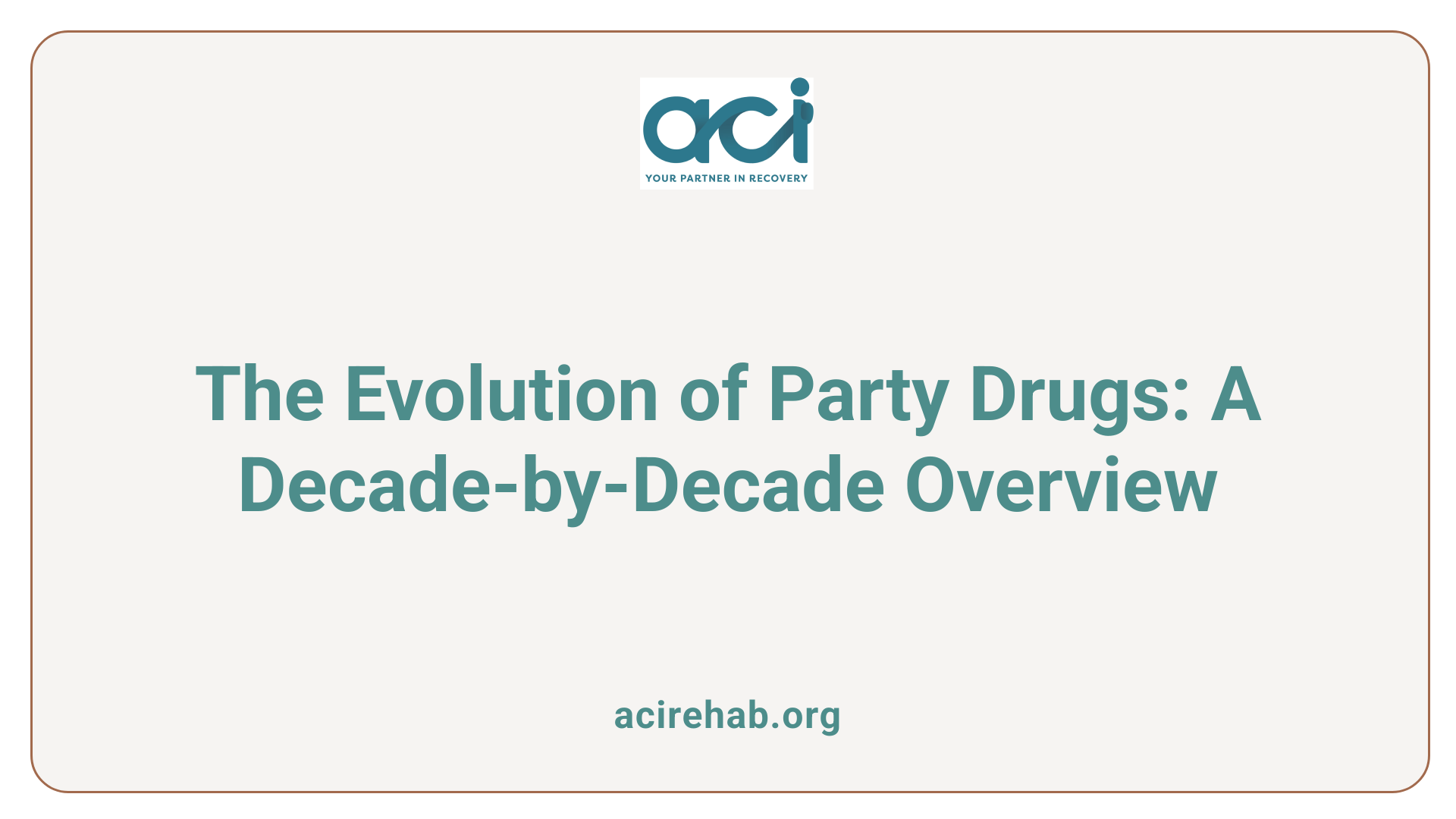
What were popular party drugs in the 1980s and how have they changed?
In the 1980s, cocaine reigned supreme in nightlife, known for its stimulating effects and associated with upscale clubs and vibrant dance floors. However, as the decade progressed, the emergence of MDMA, or Ecstasy, began to reshape the party landscape. The 1990s saw this drug exploit its popularity, primarily due to its euphoric effects that promoted feelings of camaraderie and emotional closeness among users.
Shift in popularity
MDMA quickly overtook cocaine, captivating partygoers at raves and music festivals. Users preferred it for its perceived safety and ability to enhance sensory experiences. As the years rolled on, however, the variety of party drugs expanded. Substances like GHB and ketamine entered the scene, utilized not only for their euphoric properties but also for their dissociative effects, creating more complex dynamics in social drug use contexts.
Current trends
Today, the party drug market is broader and more diverse than ever. While MDMA remains popular, its variants and synthetic alternatives, such as Mephedrone, have surfaced. Users now face a greater array of options, many mixed with dangerous substances. This evolution showcases shifting preferences toward enhancing social interactions but also highlights serious risks, including overdose and severe health complications linked to these ever-evolving substances.
The Impact of Rave Drugs
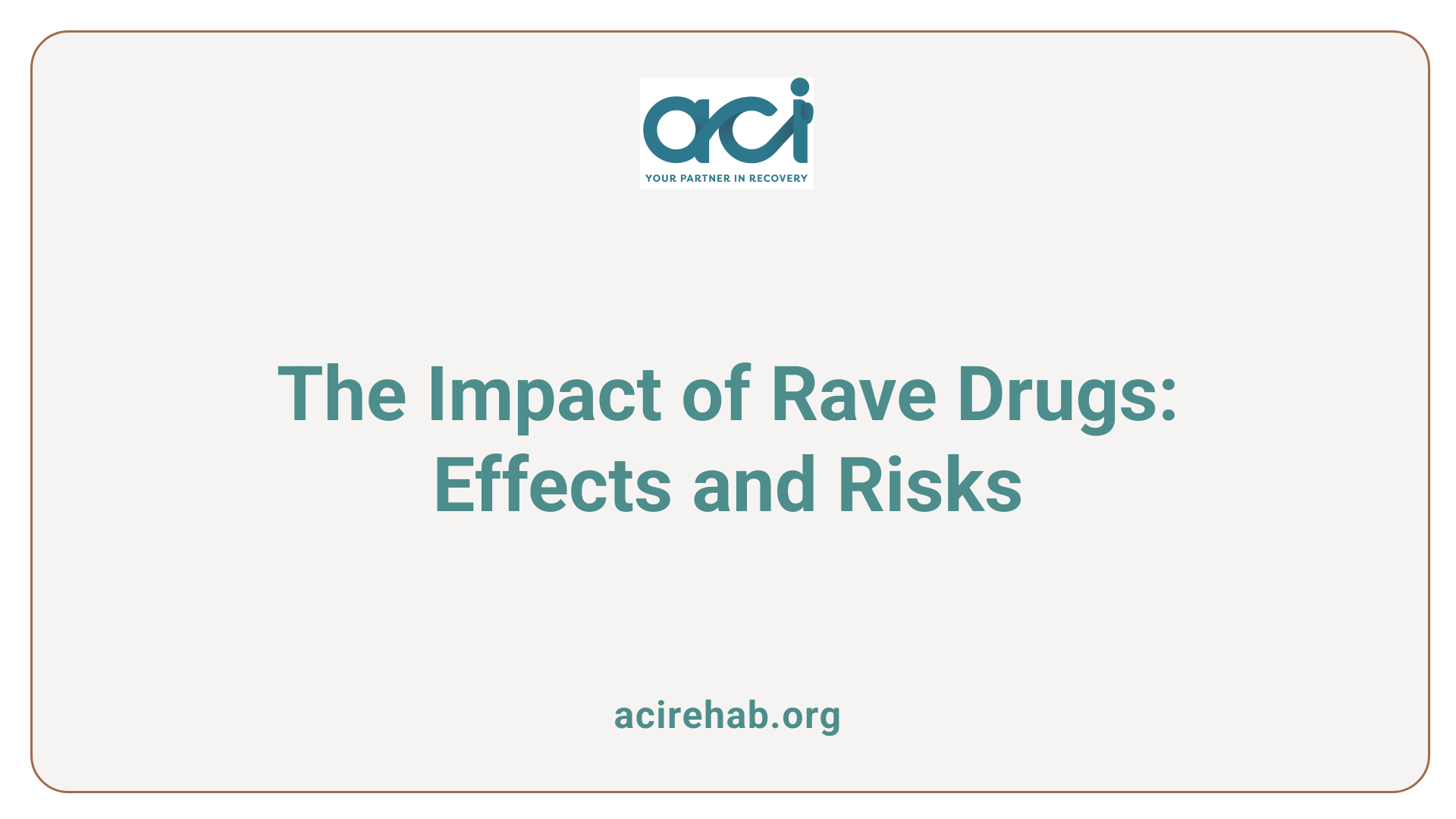
What are rave drugs and what effects do they have?
Rave drugs, often called club or party drugs, refer to various psychoactive substances predominantly used in vibrant social environments such as nightclubs, dance parties, and music festivals. Some common examples include MDMA (commonly known as ecstasy), GHB, Ketamine, and LSD.
These substances can profoundly alter mood and perception, producing effects such as:
- Euphoria: A sense of extreme happiness and emotional uplift often sought for social experiences.
- Sensory enhancement: Users may experience heightened awareness of sounds, colors, and tactile sensations.
- Lowered inhibitions: Feelings of openness may lead to increased sociability and connectedness.
While some rave drugs like MDMA are have been explored for therapeutic use, their recreational use carries significant health risks. Depending on the substance, these risks can include:
| Drug | Effects | Risks |
|---|---|---|
| MDMA | Euphoria, enhanced perception | Dehydration, hyperthermia, anxiety |
| GHB | Sedation, euphoria | Coma, seizures, risk of overdose |
| Ketamine | Hallucinations, disassociation | Cognitive impairment, urinary issues |
| LSD | Altered perception, hallucinations | Panic attacks, risk of dangerous behavior |
Particularly concerning are substances like Rohypnol and GHB, associated with drug-facilitated sexual assault due to their rapid incapacitating effects. Therefore, understanding the dangers associated with rave drugs is crucial, especially considering the potential for overdose and lasting mental health consequences.
Drugs That Induce Euphoria and Energy
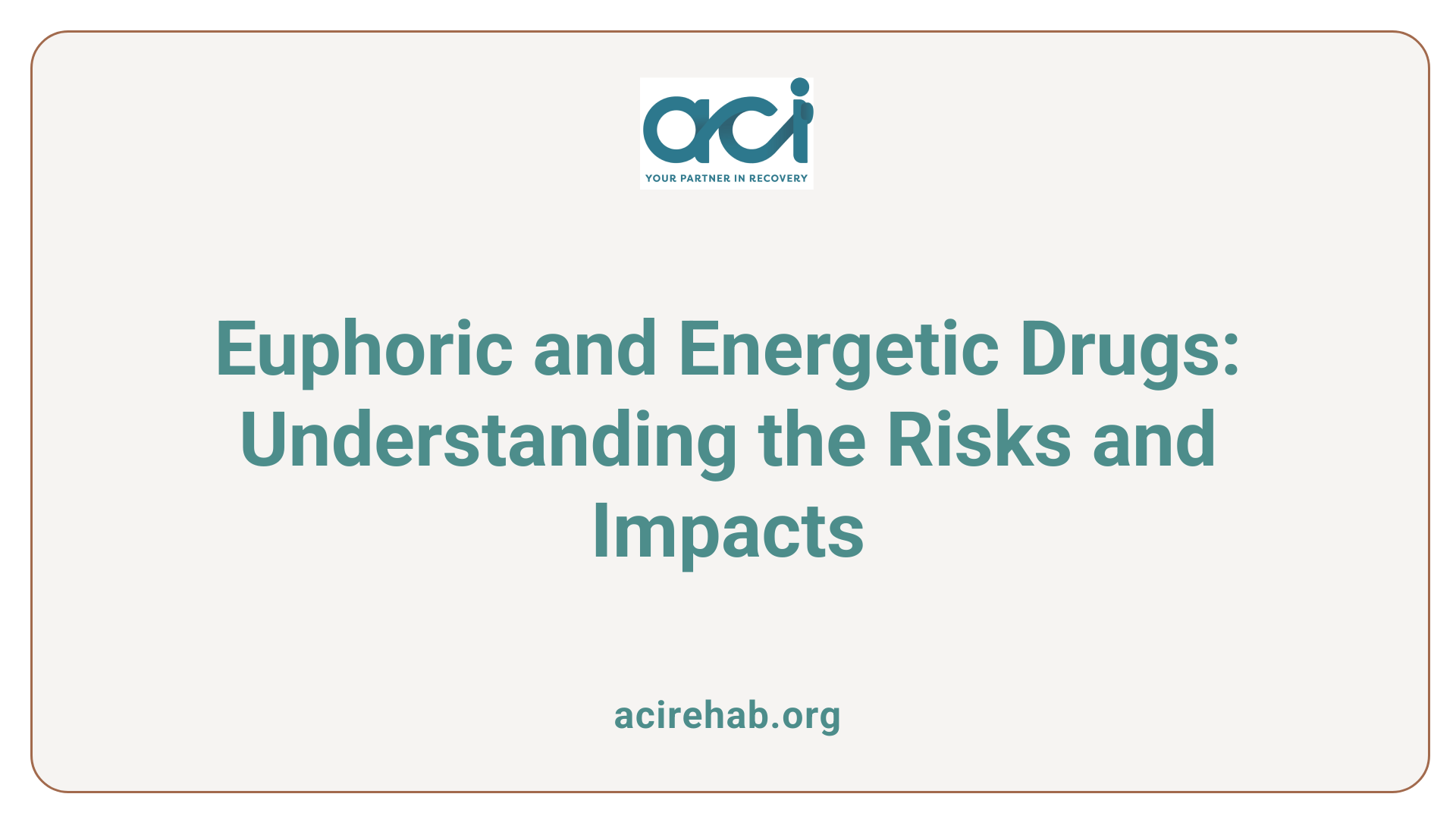
What drugs are known to induce feelings of happiness and energy?
Drugs that induce feelings of happiness and energy are primarily stimulants, including MDMA (Ecstasy), amphetamines, methamphetamine, and dextroamphetamine. These substances enhance central nervous system activity, leading to intense euphoria, heightened sensory perceptions, and increased energy. MDMA, widely popular in party settings, creates sensations of joy and emotional connectivity, making it a frequent choice for users during social events.
Impact and risks
While the initial effects of these drugs can be exhilarating, the risks associated with their use are significant. Common adverse effects include dehydration, increased heart rate, and potential overheating. Long-term use of stimulants may lead to severe health issues such as addiction, cardiovascular problems, and cognitive impairments. Users may also experience "crashes" after the high, characterized by fatigue and depression, which can trigger a cycle of continued use. Ultimately, while these drugs may enhance experiences temporarily, they carry severe risks that can impact users’ long-term health.
Emphasizing Awareness and Education
While party drugs continue to play a role in many social settings, their use is not without significant risks. From the possibility of addiction to severe health complications and legal repercussions, understanding these variables is crucial for harm reduction. Educating oneself about these substances is vital for making informed decisions. This article aims to shed light on the complexities surrounding party drugs, to ensure readers consider the broader implications of their use.
References
- Common Types of Party Drugs Young Adults Abuse During Spring …
- Club Drugs – MedlinePlus
- Club drug – Wikipedia
- Club Drugs (Ecstasy, Herbal Ecstasy, Rohypnol, GHB, Ketamine)
- Learn about the Dangers of the Most Common Party Drugs
- Have You Ever Wondered About Party Drugs?
- Party Drugs and Substance Use – UMass Boston
- “Party Drugs”/MDMA/Ecstasy: Factsheet – Positive Choices
- Party drugs: properties, prevalence, patterns, and problems – PubMed
- What are Party Drugs? – AOD – Alcohol & Other Drugs Services

